This is the time of year that we start hoping to see more rain falling along the Central Coast. Rain feeds the creeks that flow into the Morro Bay estuary. Having enough fresh water in those creeks helps fish, other animals, and aquatic plants to grow and thrive. (See this article from local meteorologist John Lindsey for more information on how the drought affects Morro Bay.)
Today, we’re paying a photo tribute to water as it moves from creeks, through the salt marsh, and out into the bay.
Creeks
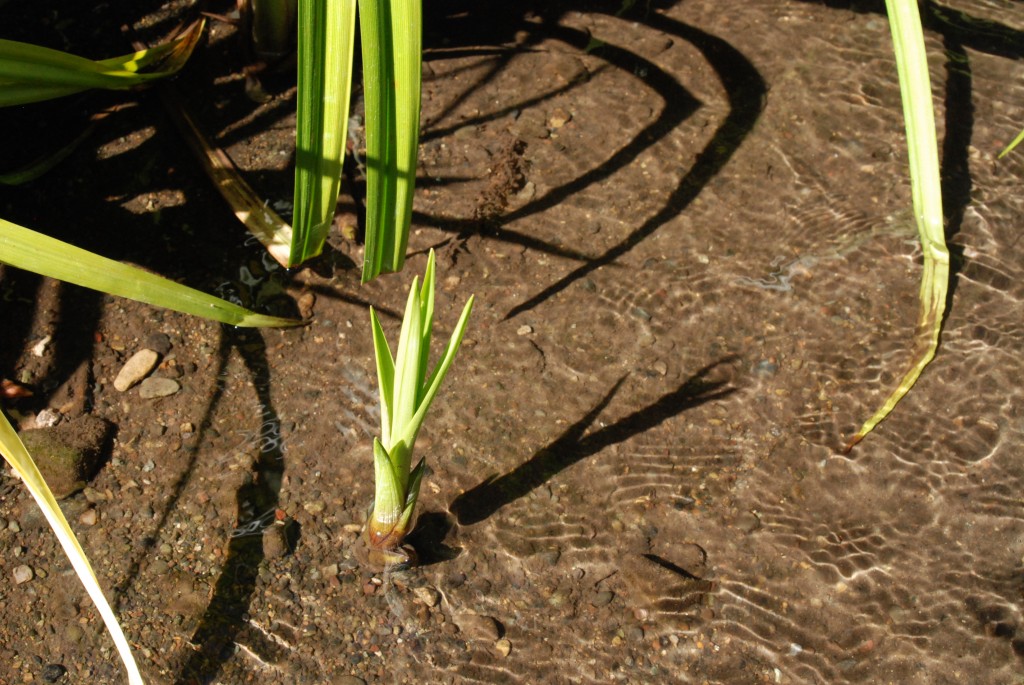
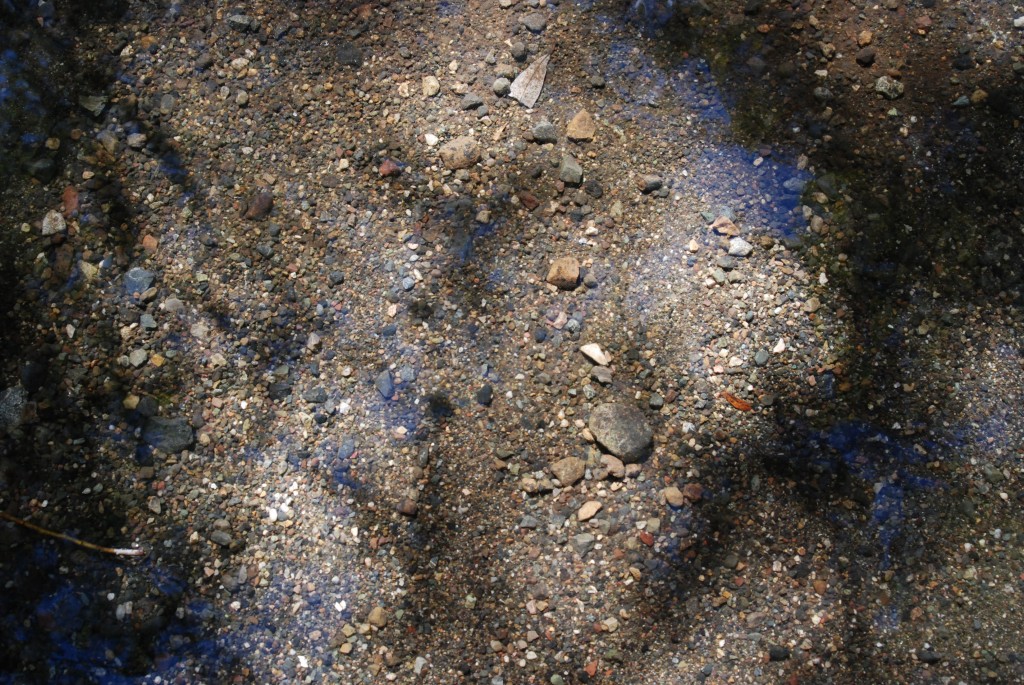
Tidal Channels and Salt Marsh
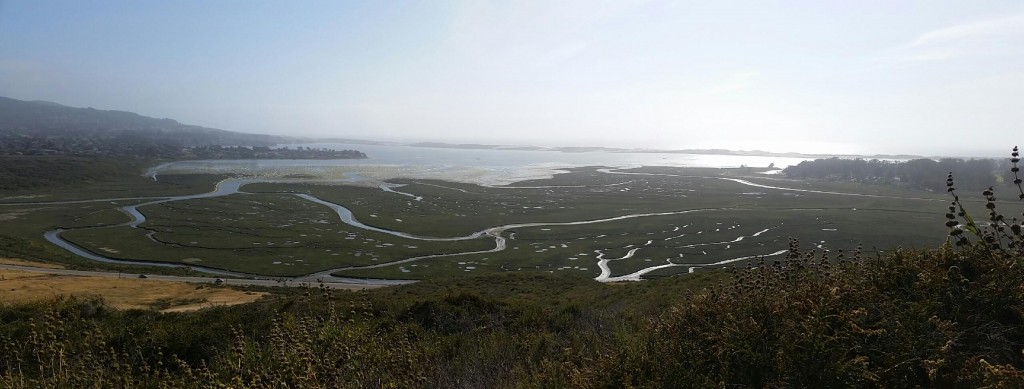
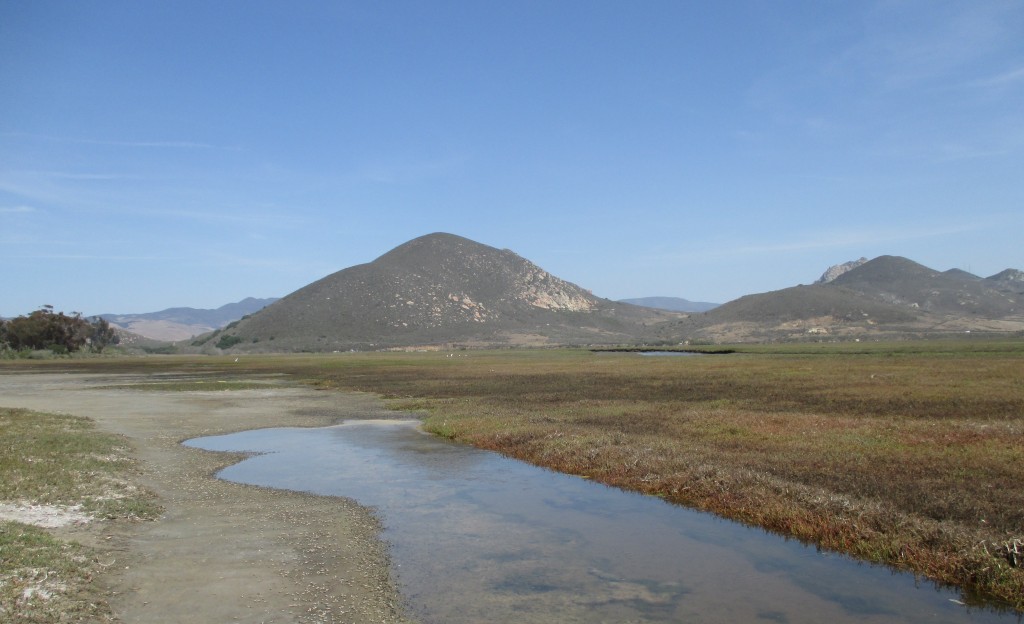
Estuary
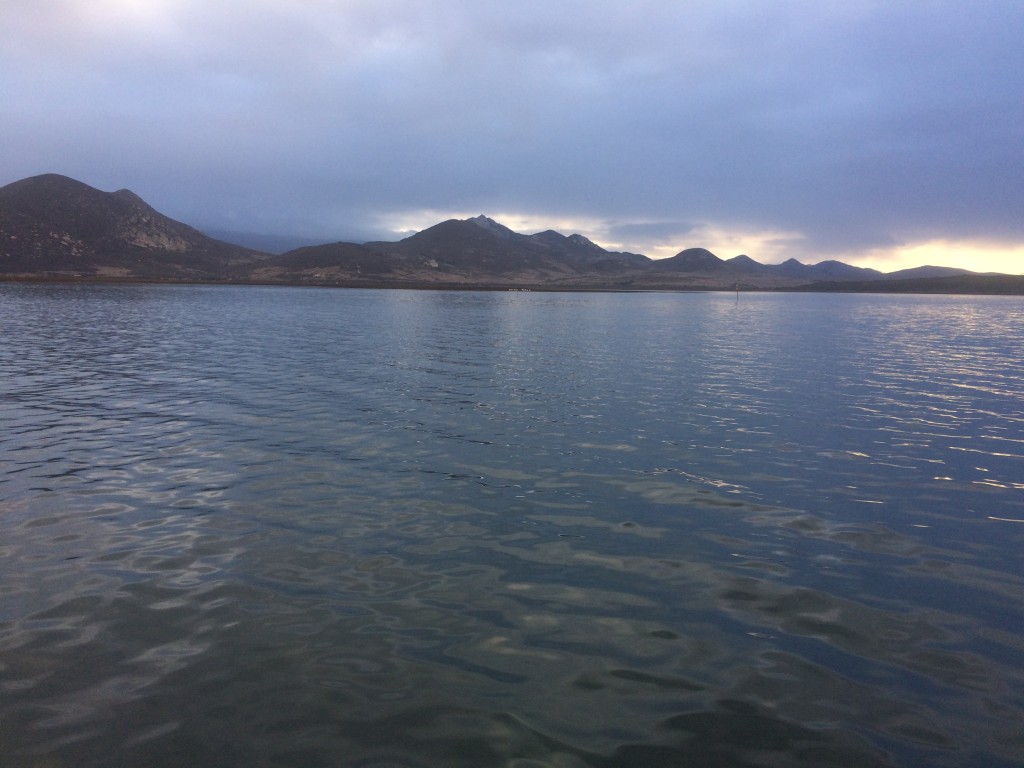
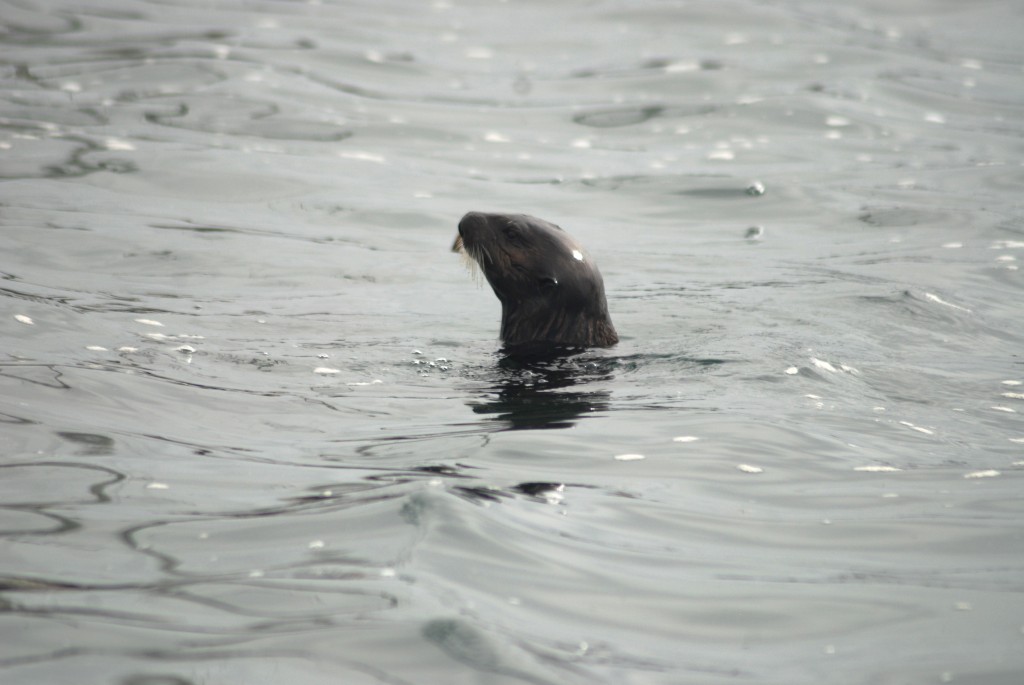
Do you have water pictures you’d like to share? Share them with us on Facebook or Instagram.